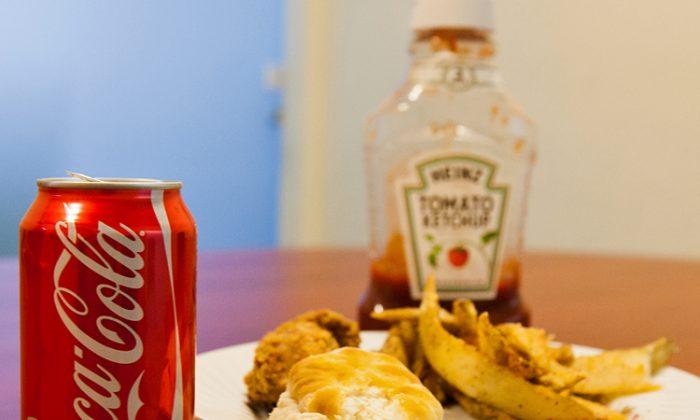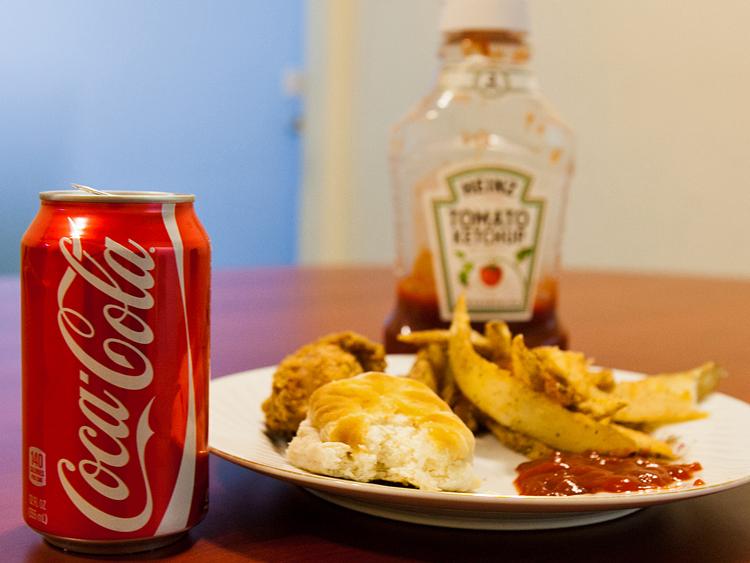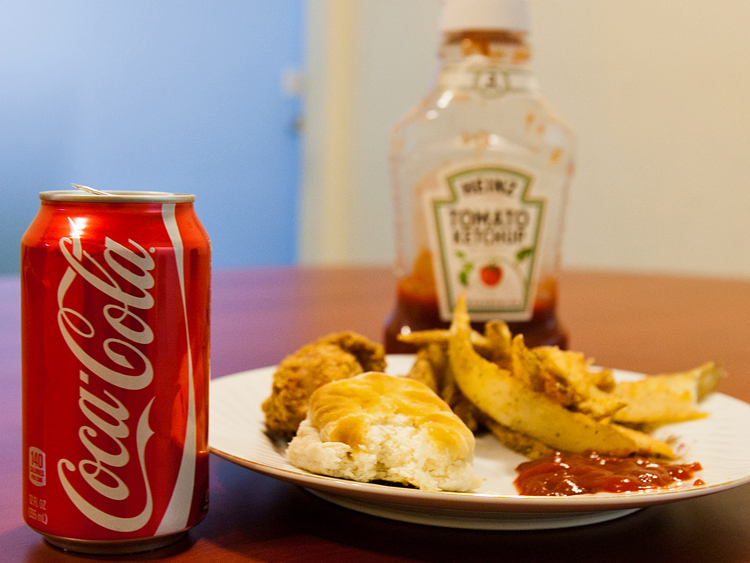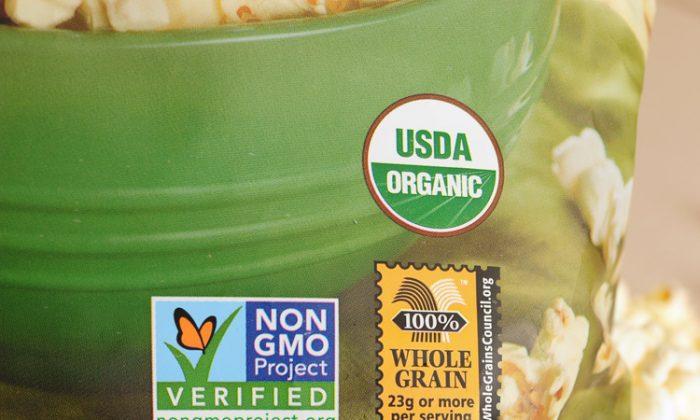Among the many battles now going on in the world is the battle of the bulge. However, the FDA, the USDA, and the AMA do not officially recognize the true enemy.
Robert Lustig, M.D., professor of clinical pediatrics in the Division of Endocrinology at U.C. San Francisco, has studied the metabolism of sugars and treated obese children. He concludes that high fructose corn syrup (HFCS), especially in sodas, is the major undercover agent causing chronic illness and death from the unborn to the elderly.
Dr. Lustig has made his findings public in a 90-minute video, “Sugar and Its Bitter Truths,” which is available on YouTube.com. In the video, he demonstrates that fructose in the quantities that we imbibe, especially for the younger generation, is equivalent to poison.
Our bodies perceive HFCS and sucrose (cane or beet sugar) as two different substances, even though the Corn Refiners Association keeps saying that their molecules are the same—one fructose and one glucose.
Tell that to a liver cell or a digestive enzyme. HFCS is sent directly to the liver—the organ that takes care of toxic substances we ingest.
Before processed foods, sugar consumption was about 15 grams per day per person. In whole foods, the fruit and vegetable sugars are naturally packaged with fiber and micronutrients, both of which mitigate the bad effects of sugar.
Little by little, our consumption of refined sugar has increased over the years. Sugar is already bad. Too much sugar of any kind disposes one to weight gain, cancer, and diabetes. We were already being set up to become sugarholics when sugar was derationed after World War II.
With the advent of HFCS in the 1970s and the creation of HFCS from enzymes and cornstarch by the Japanese, the sweetener became cheaper, and corn growers were happy.
Below is a table showing the increase in the amount and proportion of sugar in everyone’s diet since the 1950s, according to Dr. Lustig’s video.
For adolescents, the figures are even more dramatic. In 2009, adolescents alone consumed 73 grams of sugar per day, or 12 percent of their daily calories. And 25 percent of adolescents consumed at least 15 percent of their calories from fructose—a huge amount.
The two different processes of sugar metabolism illustrate why one sugar is slightly better than the other and why fructose in HFCS, fruit juices, and baby formula is causing metabolic syndrome in kids as young as 6 months old.
Sucrose meets sucrase, an enzyme, in the small intestine, where the sucrose is transferred to the bloodstream. Sucrose is a double sugar composed of about half glucose and half fructose.








Friends Read Free